
There’s a safety gap in New York City hospitals that puts the lives of black women at much greater risk than white women. Experts say better hospital culture can reduce the risks.

There’s a safety gap in New York City hospitals that puts the lives of black women at much greater risk than white women. Experts say better hospital culture can reduce the risks.

It's been a disheartening week for proponents of evidence-based medicine and childhood vaccines. But to the media's credit, reporters haven't let fringe theories and pseudo-science go unchallenged.
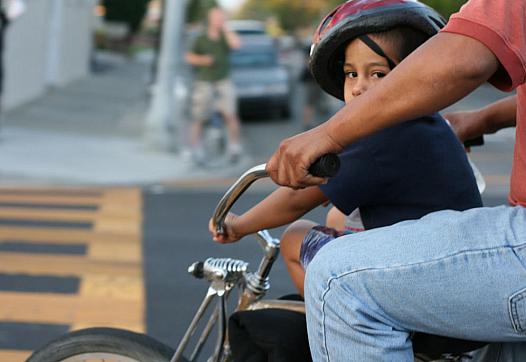
Childhood trauma and adversity have been big buzz phrases in recent years. But are they really just proxy terms for poverty? How one journalist came to rethink her own assumptions in reporting on mental health.

The share of children who are uninsured has reached a historic low of less than 5 percent. That's projected to change if the Affordable Care Act is repealed and the Medicaid expansion reversed.
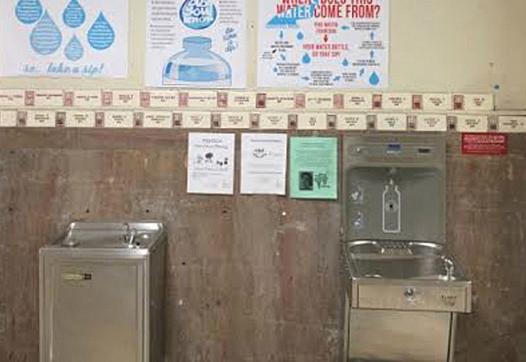
Data recently made public by Philadelphia's school district showed that nearly 15 percent of water samples taken from school drinking water outlets had lead higher than the legal level for home tap water. This needs to change.
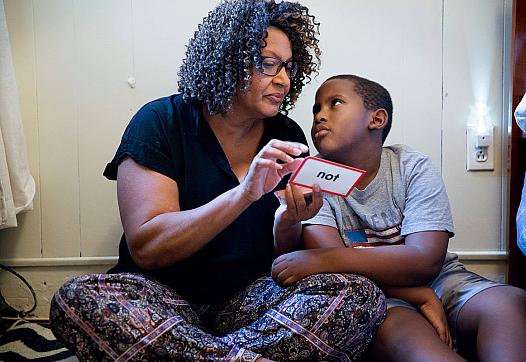
In the wake of reporting from two National Fellows, Philadelphia Mayor Jim Kenney said Monday that the city will begin to enforce a four-year-old law that requires landlords to certify that their properties are lead-safe before renting to families with young kids.
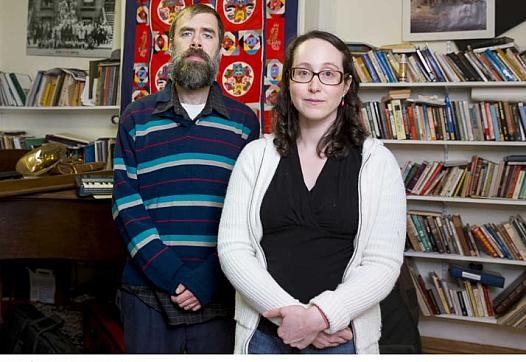
With more than 90 percent of Philadelphia homes built before the nation's 1978 lead-paint ban, the city struggles to eradicate childhood lead poisoning and ranks among the top U.S. cities for children at risk.

New research based on a long-term study of New Zealanders finds that risk factors at age 3 reliably predict later-in-life convictions, hospitalizations and fatherless families.

Parents love to make jokes about teenagers and their fitfully growing brains. But emerging researching supplies the science needed to understand the changes. In one key way, their brains are shrinking.
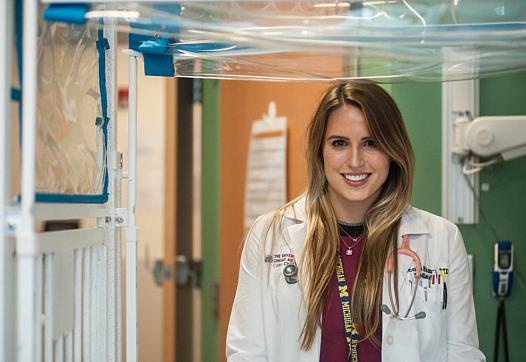
Children who have been exposed to lead poisoning have access to the Early intervention program that offers resources ranging from speech therapy to nutrition services.